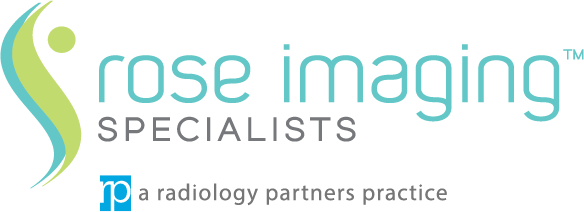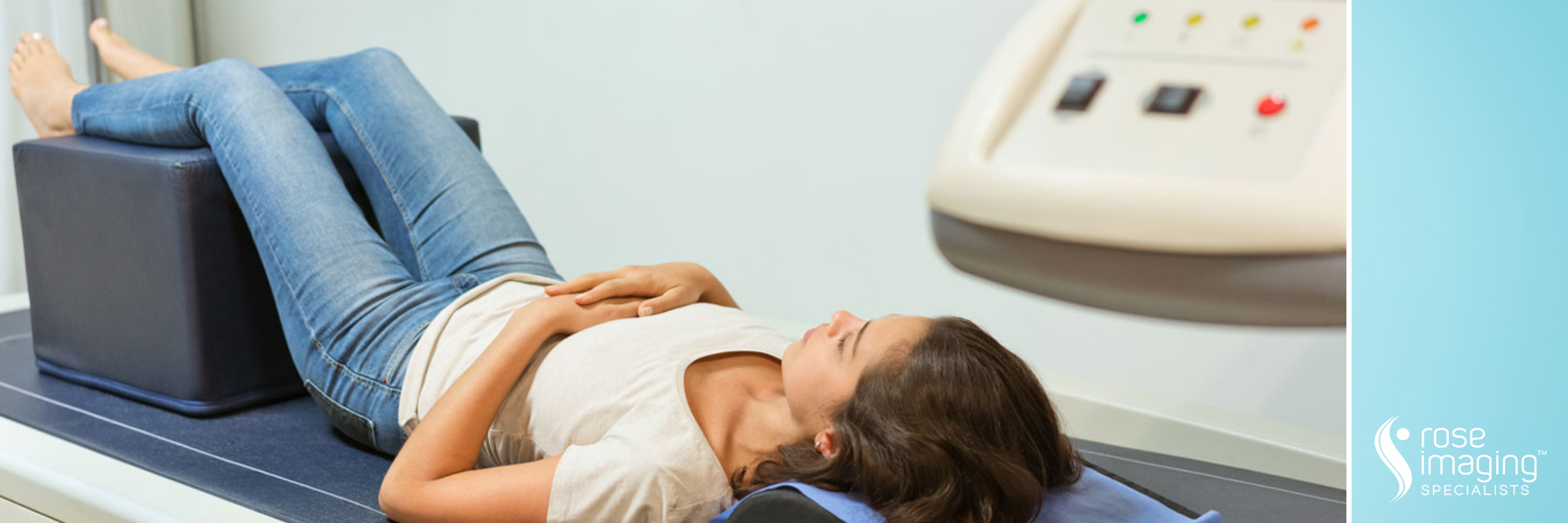BEFORE YOUR BONE DENSITOMETRY SCAN
On the day of the exam you may eat normally. You should not take calcium supplements for at least 24 hours before your exam. You should wear loose, comfortable clothing, avoiding garments that have zippers, belts or buttons made of metal. Objects such as keys or wallets, jewelry, removable dental appliances, eyeglasses and any metal objects that would be in the area being scanned should be removed.
Inform your physician if you recently had a barium examination or have been injected with a contrast material for a computed tomography (CT) scan or radioisotope scan. You may have to wait 10 to 14 days before undergoing a DEXA test.
Women should always inform their physician and x-ray technologist if there is any possibility that they are pregnant. Many imaging tests are not performed during pregnancy so as not to expose the fetus to radiation. If an x-ray is necessary, precautions will be taken to minimize radiation exposure to the baby.

